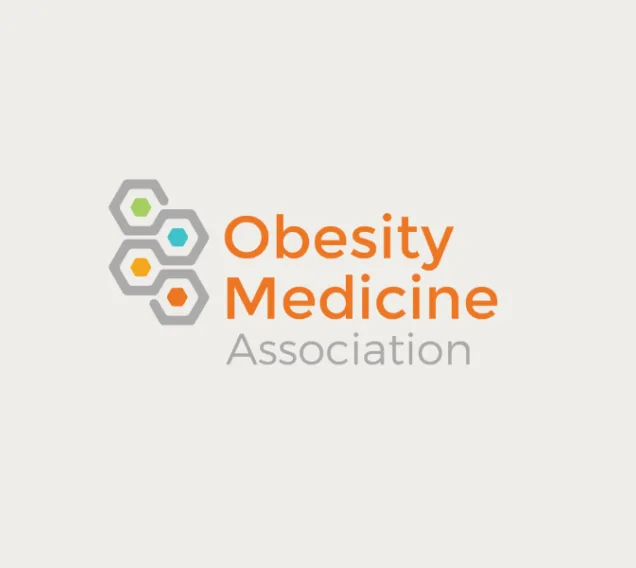October 14, 2020
Weight Bias, the Psychological Impact of Obesity, and Helpful Resources
Share this post

Patients with overweight or obesity face several adverse physiological effects due to weight. Two of the most prevalent effects are weight bias and negative body image. There are a number of resources to address these issues, and they will be summarized at the end.
Weight bias and the associated stigma is the most common challenge for patients struggling with weight issues. Weight bias refers to negative attitudes, judgements and stereotypes towards people with excess weight. (OAC) People with overweight or obesity are commonly characterized as undisciplined, unmotivated, or unattractive. These attitudes are promoted in popular media. Weight bias occurs in families, peers, teachers, employers, and healthcare providers. Patients in turn internalize weight bias resulting in feelings of shame or distress about their size or habits (Vallis, 2016). Examples of weight discrimination include social exclusion, unequal employment opportunity, and inferior health care [OAC].
One major example we can look at is in the healthcare setting. 50% of patients reported that they had been stigmatized on multiple occasions by physicians. Additionally, 70% of female patients said physicians were a source of stigma (OAC). Among health professionals, people with overweight or obesity may be thought of as unmotivated or embarrassed to discuss weight. Although the majority of health care providers view obesity as a disease, it is not treated seriously like hypertension or diabetes. Patients have weight loss conversations with their providers, but there are few followed up visits scheduled to reassess progress. Patients sometimes delay treatment because they don’t want to disappoint their provider or be blamed for not losing weight. Equally important, patients frequently blame themselves for not losing weight because they believe that they are the responsible one for weight loss and do not see obesity as a serious disease. (Kaplan et al 2017).
Another example of harmful weight bias and the psychological impact of obesity often occurs in young people. People under 25 perceive more weight discrimination than older adults (Hatzenbuhler, 2009). In children, weight bias in the form of teasing affects one third of girls and one fourth of boys in the US (OAC). Stigmatization increases with body size. 60% of children are victimized at higher weights. Bullying and harassment are harmful to a body image, self-esteem, and increase one’s vulnerability to depression and anxiety. (Stevelos, 2020)
Following weight bias, negative body image is the second psychological issue experienced by patients. Negative body image is defined as dissatisfaction with one’s weight and/ or shape. Factors that contribute to a negative body image include: weight bias/stigma, low self-esteem, depression and disordered eating. Body dissatisfaction in adults with obesity is greater than in normal weight individuals. Women with obesity have greater dissatisfaction than men. Social and cultural norms that view thin as beautiful and large as unattractive impact their view of themselves. (Schwartz,2004)
Adolescents and children are especially vulnerable to body image problems. Low self–esteem, depression and disordered eating behavior are all possible negative consequences for children with excess weight. Negative peer and parental beliefs about weight impact the child’s self-esteem. Children typically thought that they have no control over their weight and further resulting in lower self–esteem. “Teens that have experienced peer and familial teasing have lower scores in self-esteem, depression and suicided ideation unrelated to BMI.” (Harringer2012) About 20% of teens engage in disordered eating due to a concern about their weight, even if they are not overweight. Disordered eating (dieting, fasting, binging, use of laxatives or diuretics) are more common in children with excess weight. (Mahan 2016) Female teens are at higher risk for depression due to poor body image. Adolescent obesity has been associated with depression as an adult. (OAC)
Two solutions to help patients facing these psychological obstacles include education about the cause of obesity and cognitive behavioral therapy for eating disorders, depression and anxiety. A broader tactic is addressing weight bias within the health care system and the education system thru education programs and advocacy. The following representative resources are a great starting point for patients and providers to make strides to reduce the negative effects of overweight and obesity for all people.
First, The University of Connecticut Rudd Center has excellent resources for children and adults about body image and weight bias. A second, great resource is the Obesity Action Coalition (OAC) an advocacy group. They provide education for patients and providers and society. The third resource focusing on mental health can be found at the National Alliance for Mental Illness (NAMI). NAMI has a helpline that can be utilized by patients via text “NAMI” to 74741 or phone 1-800-950-NAMI. They provide education, support and resources to take practical steps for treatment. Alternatively, the National Eating Disorders Association http://www.nationaleatingdisorders.org can help guide patients and providers to resources related specific eating disorders.
Finally, national professional medical associations such as The Obesity Society (TOS), American Society for Metabolic and Bariatric Surgery (ASMBS) and of course the Obesity Medicine Association (OMA) provide education for health professionals, and information for patients. OMA offers resources for pediatric obesity for both clinicians and families.
Patients with body-weight issues frequently struggle with significant psychological roadblocks, from within and without. The good news is that there are many resources for patients, families, and providers to help overcome these psychological obstacles to live healthy lives.
